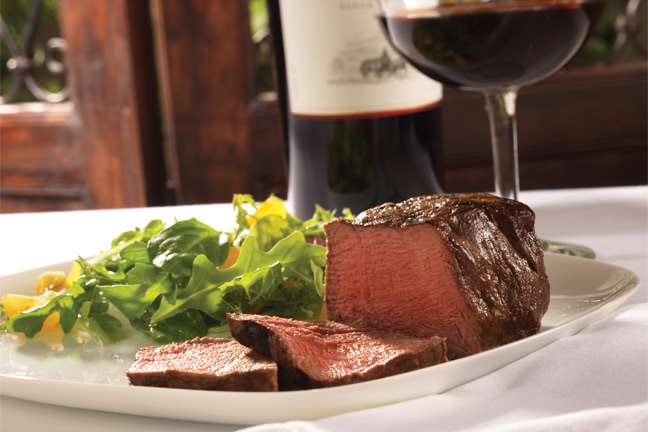
When it comes to tenderness as a trait in your beef cattle herd, nobody’s more knowledgeable than Dr. Ty Lawrence of West Texas A&M in Canyon, Texas. Radio Oklahoma Ag Network Farm Director Ron Hays caught up with Lawrence at the recent Texas and Southwest Cattle Raisers convention in San Antonio, where he shared some of his ideas with producers, on how to improve the tenderness of their end product through careful genetic selection.
“It’s not easy,” Lawrence admitted up front. “The interrelationship of palatability and how it’s flavor and juiciness and marbling - they’re not independent of each other. They’re interrelated based on genetic selection.”
Lawrence says that with years of compiled EPD data, plus the data’s recent genomic enhancements, producers today can hone in on improved marbling in their herd and see a direct increase in the flavor profile of the beef they produce. But there is still even more tools available.
“Second to that, we now have genetic evaluation for tenderness,” Lawrence points out. “We can with some confidence say, ‘You know what, that bull compared to his pen-mate bulls will produce a tougher, or, a more tender product.”
Rather than chasing direct tenderness in your herd, Lawrence suggests perhaps starting your endeavor to improve your herd, by culling the bottom ten percent of your herd that is likely to produce tougher beef. He says by not allowing the genetic replication of those animals, that is a big step to improving product industrywide that all producers can participate in.
Listen to Lawrence talk about his concept and model for targeting tenderness as a trait in your herd with Hays, on today’s Beef Buzz.
Click here to see more...